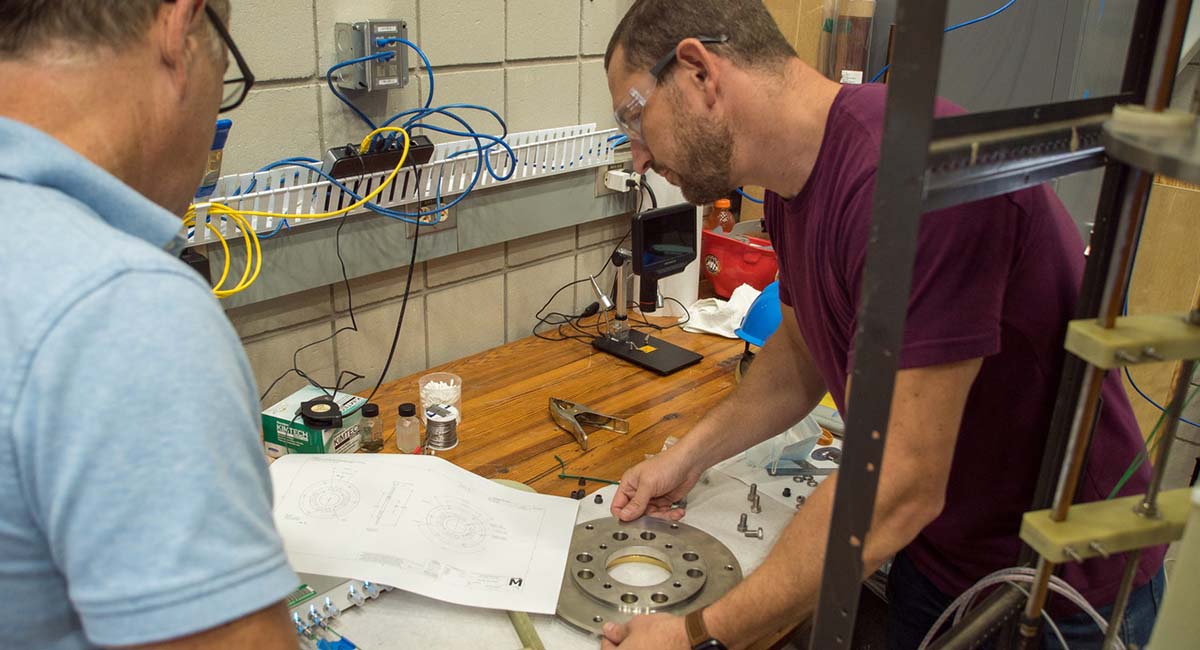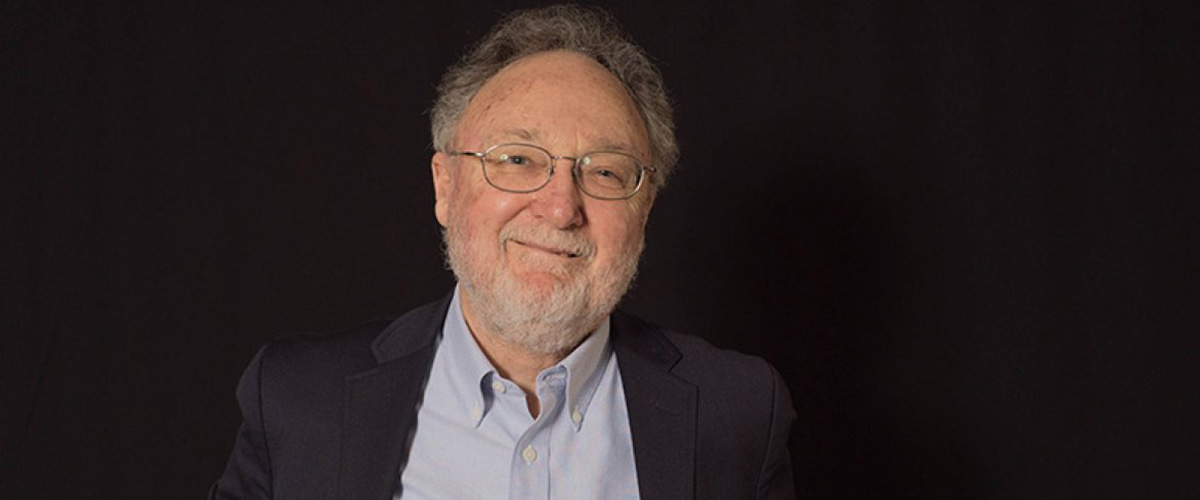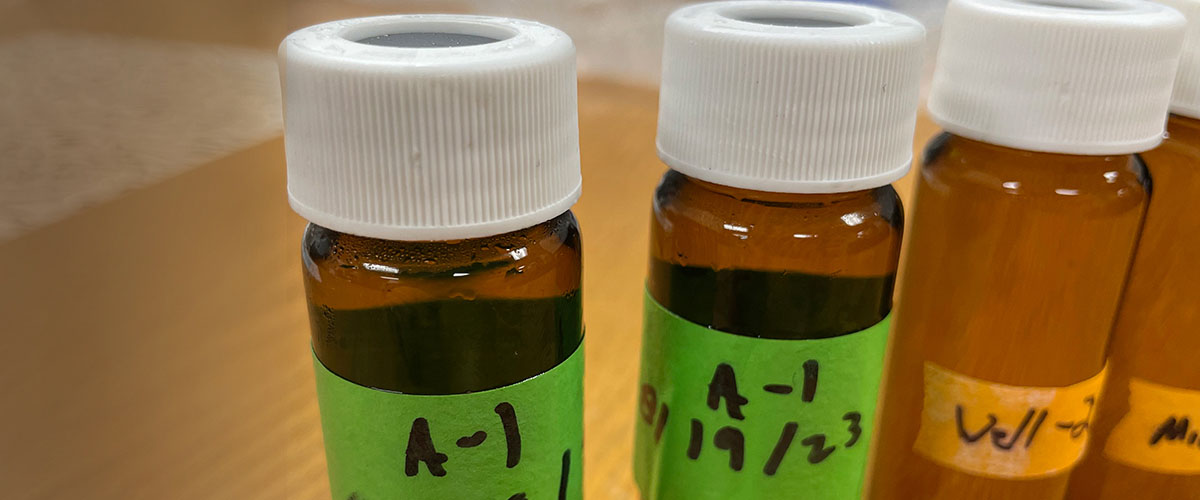Contact: Kristin Roberts
TALLAHASSEE, Fla. — The National Science Foundation-supported National High Magnetic Field Laboratory will receive $184 million over the next five years, keeping the world’s most powerful magnet lab headquartered at Florida State University.
The National Science Board authorized NSF to make the five-year award for the continuing operation of the National MagLab. This is a nearly 10 percent increase in funding over the previous five-year funding period and brings the agency’s total MagLab investment to $867 million.
“This announcement comes as a strong endorsement for the importance of high magnetic field research in America’s science portfolio,” said Greg Boebinger, National MagLab director. “The true strength of the MagLab comes from the scientific impact of our users from across the nation, users who access these magnets to make discoveries of new materials, find energy solutions, and explore the science that illuminates life itself.”
This grant will not only sustain operation of the MagLab’s facilities at Florida State, the University of Florida and Los Alamos National Laboratory, but will also provide continued access for more than 1,700 worldwide researchers each year who use the MagLab’s unique instruments to advance basic science, engineering and technology in the 21st century.
Those researchers come to the MagLab to access the fleet of world-record magnets, including the world’s strongest continuous high-field magnet at 45 teslas and a pulsed magnet that can repeatedly produce a magnetic field of 100 teslas — 2 million times stronger than the Earth’s. The National MagLab recently built the most powerful magnet in the world for nuclear magnetic resonance, a powerful technique biologists, chemists and materials scientists use to study complex structures, and the 32-tesla all-superconducting magnet, the first user magnet in the world to incorporate high-temperature superconducting materials.
“NSF is proud to support a facility that has broken — and holds — many world records in magnet technology," said Anne Kinney, NSF assistant director for Mathematical and Physical Sciences. "But beyond the records, the MagLab enables the world’s scientific and engineering community to advance both fundamental science and applied research that benefits society, from next-generation electronics, to cutting-edge medicine, to energy-efficient systems.”
Major investments will be made to the MagLab’s user program over the next five years. New scientific instrumentation will be added to more fully realize the potential of the MagLab’s existing world-record magnets, including the three new magnets that have been launched in the last 15 months alone.
In addition to this large investment from the NSF, the MagLab continues to receive critical financial support from the state of Florida. Last year, the MagLab received $12 million from the state. In return for every state dollar invested in the facility, the state receives $6.57 in economic activity. Over the next 20 years, the MagLab is projected to generate about $2.4 billion in economic activity and more than 25,000 jobs in Florida alone.
“This one-of-a-kind facility is an important part of Florida State University and the entire Florida economy,” said Florida State Vice President for Research, Gary K. Ostrander. “This announcement means that the world’s most prestigious magnet lab will remain headquartered right here at FSU in Tallahassee, anchoring our university’s preeminent science and research efforts and facilitating discoveries that could change our world.”
Recent discoveries made using expertise and instruments available at the National MagLab offer a glimpse of the impact of the nation’s only magnet lab:
- Physicists from Columbia University observed even-denominator fractional quantum Hall state and established bilayer graphene as a promising platform that could lead to quantum computation.
- Researchers from the University of California, Berkeley demonstrated a new way to explore and understand a class of materials that could lead to faster electronics. View science highlight or read the full-length publication
- Scientists have discovered a way to significantly improve the performance of a decades-old superconductor, promising future applications for particle accelerators and research magnets. View science highlight or read the full-length publication
- Using powerful magnets, researchers learned how an intriguing nanomaterial that is part of the carbon family — a metallofullerene — is formed, findings that could help pave the way for applications in renewable energy and biomedicine.
- Scientists from the National Institutes of Health for the first time characterized the structure of a protein implicated in the onset of some of the most devastating neurodegenerative diseases.
“This renewal will allow the U.S. to maintain international leadership in critical areas of magnet science and technology, and to break new ground in understanding novel materials for quantum computing and information technology,” noted Linda Sapochak, director of the NSF Division of Materials Research.
This announcement concludes a multiyear process that began in 2012 with the lab preparing to defend itself in a national competition for the right to host the nation’s only magnet lab. In 2014, the MagLab was notified that the NSF would accept a renewal proposal rather than launch a national competition.
The renewal proposal was peer reviewed by worldwide scientific and engineering experts and approved by the National Science Board, the governing board that approves major awards from the NSF.






